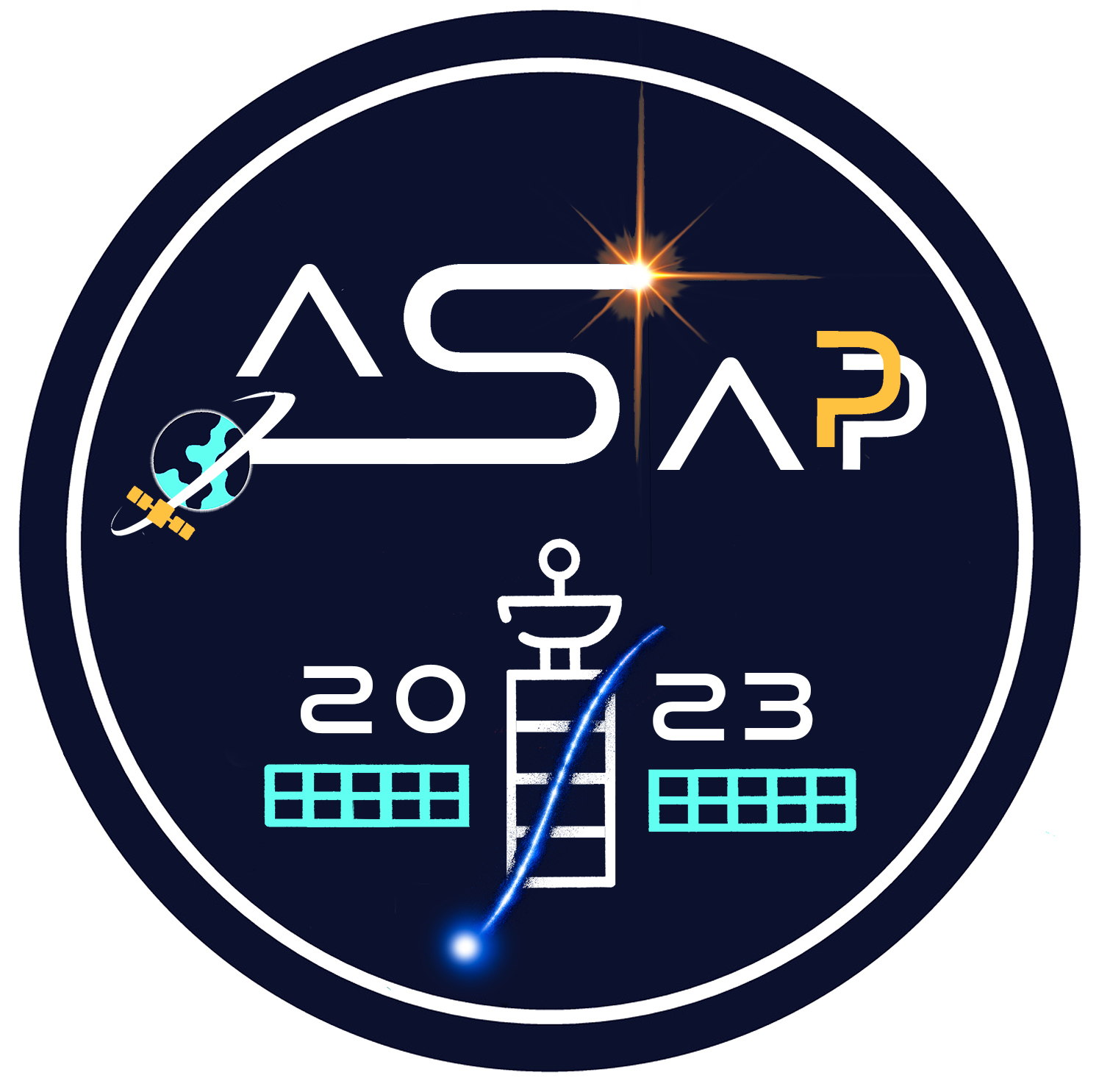Speaker
Description
The astroparticle physics experiments operating in space measuring the charged cosmic rays (CCRs) include a tracker and a calorimeter to identify the incoming primary CCRs. These experiments face challenges in separating primary particles from the back-scattered particles entering the tracker from the calorimeter. The timing measurement of each hit can be used to distinguish between the primary and secondary particles. In recent years, Low Gain Avalanche Detectors (LGADs) has emerged as a technological solution for precise timing measurements in the tens of ps range for High Energy Physics and other applications. The typical channel size of a silicon sensor for strip geometry in space application is 60-100 cm in length with 100 $\mu\rm{m}$ pitch, resulting in a channel area of about 1 cm$^2$ whereas, the typical LGAD channel size is $O(1~\rm{mm}^2$). This work evaluates the use of LGADs for timing in space and discusses the challenges in making large-area LGAD sensors. The TCAD simulations to achieve a gain of about 100 are presented, which is thought to improve the time resolution for larger channel sensors. Preliminary timing measurements of the pad sensors with dimensions $1~\rm{cm} \times 1~\rm{cm}$ (with and without gain) are presented.
| Eligibility for "Best presentation for young researcher" prize | Yes |
|---|
